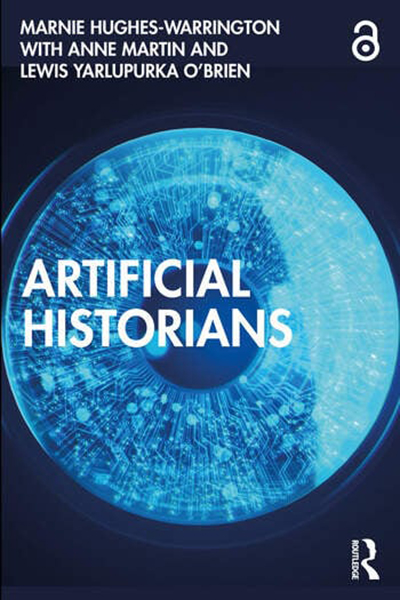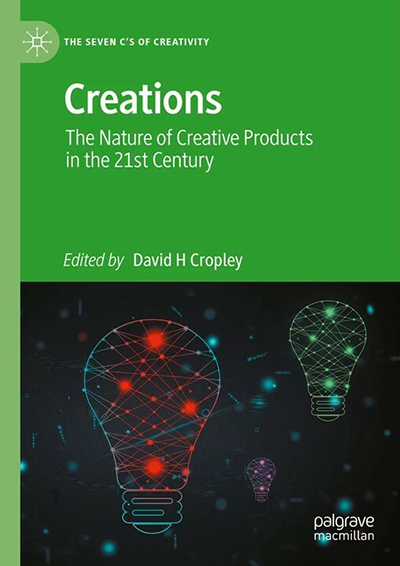The latest books from UniSA researchers
Artificial Historians
By UniSA Provost & Chief Academic Officer Distinguished Professor Marnie Hughes-Warrington AO, with UniSA Adjunct Research Fellow Dr Lewis Yarlupurka O'Brien AO (and Professor Anne Martin AM)

Artificial Historians offers readers an introduction to the world of artificial histories and historians. It looks behind the interfaces of AI and explores everyday platforms and prize-winning history books to identify how people and algorithms make histories and how they might make histories in the future.
Every moment around the globe, histories are made about ordinary people who use digital devices. These histories are not made by professional historians or even by humans but by artificial intelligence that scours our digital footprints for patterns. AI histories not only shape recommendations about what we might buy or stream but also our access to education, healthcare, and justice. The outcomes of recommendation systems are not just a technology problem or an ethics problem. This book argues that this is also a history problem, and it needs to be understood as one if we are to make fairer or more just systems. It shows us that the deep history of history making – including Australian Aboriginal and First Nations histories – can help us to navigate the future of history in AI.
Presenting readers with a range of familiar and accessible examples, Artificial Historians is a valuable resource for students, scholars and all those interested in global historiography, technology and artificial intelligence.
Artificial Historians is available from Routledge.
Creations: the nature of creative products in the 21st century
Edited by UniSA Professor of Engineering Innovation David Cropley

Creations: the nature of creative products in the 21st century explores creative products as part of the Seven C's of creativity framework. Through nine chapters, leading scholars in the field explore five different domains (education, crime/terrorism, music, science and engineering) addressing the nature of the creations in each given domain, and the criteria by which creations in that domain are judged. Drawing together key, underpinning concepts from the science of creativity, the book delves into the history of creativity research applied to products to then explore new concepts that are impacting on research in creativity, especially the role of artificial intelligence in supporting the development and assessment of creative products. The volume concludes with three short stories generated by AI, and examines the creativity (or lack thereof) of these creations using a validated rubric (the Creative Solutions Diagnosis Scale).
Creations: the nature of creative products in the 21st century is published by Palgrave MacMillan and available through Springer.
Other Stories
- The breakfast favourite that won’t crack your cholesterol
- Does artificial intelligence help uni students learn smarter or just faster?
- From the Vice Chancellor: 2025 is the year of firsts – and lasts
- Achievements and Announcements
- UniSA staff create safe spaces for conversation in SA communities
- The latest books from UniSA researchers




